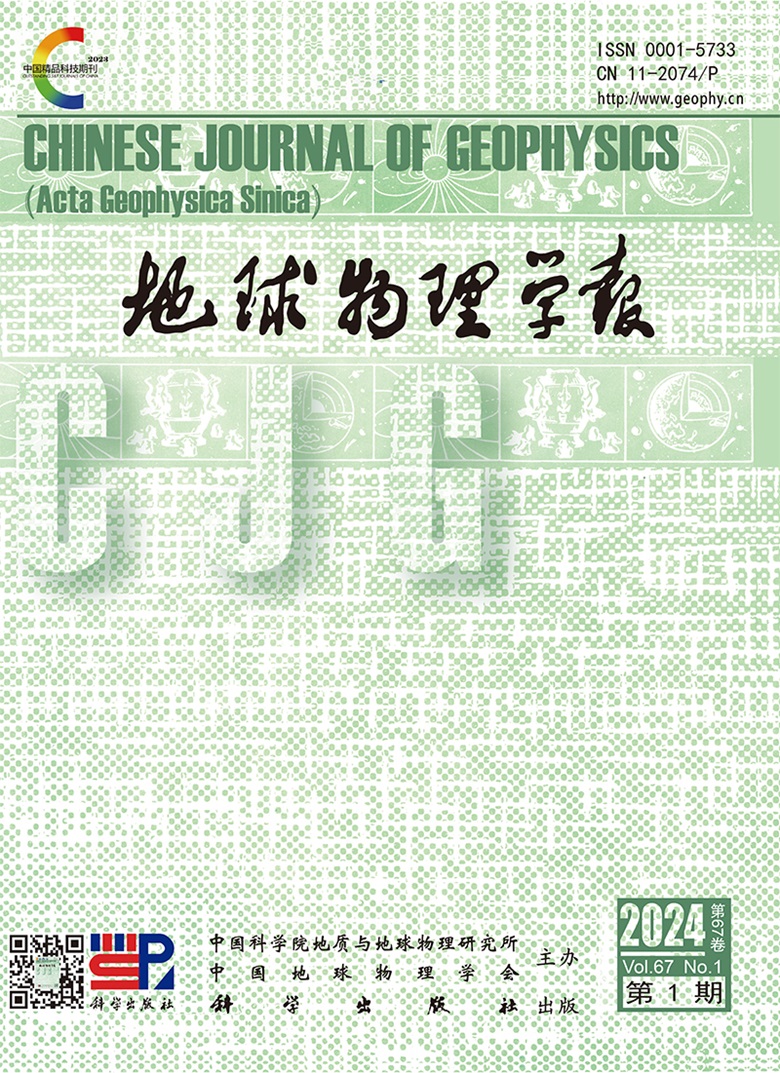3D seismogenic model of the 2015 Gorkha earthquake and subsequent seismic risk
IF 1.4
4区 地球科学
Q3 GEOCHEMISTRY & GEOPHYSICS
引用次数: 0
Abstract
On April 25th, 2015, the moment magnitude (M-w) 7. 8 Gorkha earthquake, Nepal occurred in Himalaya orogenic belt, which seems insufficient to release the accumulated energy as suggested previously. The following seismic risk assessments are mostly based on the two dimensional or pseudo-three dimensional inversions of tectonic deformation. Here we analyze the relationship between the main shock and biggest aftershock of the 2015 Gorkha earthquake sequence, and its unevenness in time and space. Combining focal mechanism solutions, crustal velocity structure, relocated aftershocks, and inversion results from InSAR, we construct a three dimensional model which changes along both the strike and dip directions of the Main Himalayan Thrust. The finite element method with nonlinear friction is used to calculate the fault behavior and block deformation in one earthquake recurrence period. Comparison between the forward calculation results and the co-seismic deformation observed from InSAR, and co-seismic slip inverted from deformation observations, and time-space evolution of historical earthquakes revealed that the three dimension model is close to the reality. The results suggest two potential seismic risk regions in the future: a big earthquake might be located in the east of the 1934 Bihar-Nepal M-w similar to 8. 1 earthquake, and a moderate to major event might take place to the southeast of the aftershock M(w)7. 3 earthquake.2015年廓尔喀地震三维孕震模型及后续地震风险
2015年4月25日,震级(M-w)为7。8日尼泊尔廓尔喀地震发生在喜马拉雅造山带,似乎不足以释放之前所说的积累的能量。以下地震危险性评价大多是基于构造变形的二维或拟三维反演。本文分析了2015年廓尔喀地震序列的主震与最大余震的关系及其时空的不均匀性。结合震源机制解、地壳速度结构、重新定位余震和InSAR反演结果,构建了喜马拉雅主逆冲构造沿走向和走向变化的三维模型。采用非线性摩擦有限元法计算了一个地震重复周期内的断层行为和块体变形。正演计算结果与InSAR观测的同震变形、变形观测反演的同震滑动以及历史地震的时空演变对比表明,三维模型更接近实际。结果表明,未来有两个潜在的地震危险区:1934年比哈尔邦-尼泊尔M-w的东部可能会发生一次大地震,类似于8级地震。1级地震,余震M(w)7的东南部可能发生一次中大型地震。3地震。
本文章由计算机程序翻译,如有差异,请以英文原文为准。
求助全文
约1分钟内获得全文
求助全文

 求助内容:
求助内容: 应助结果提醒方式:
应助结果提醒方式:


